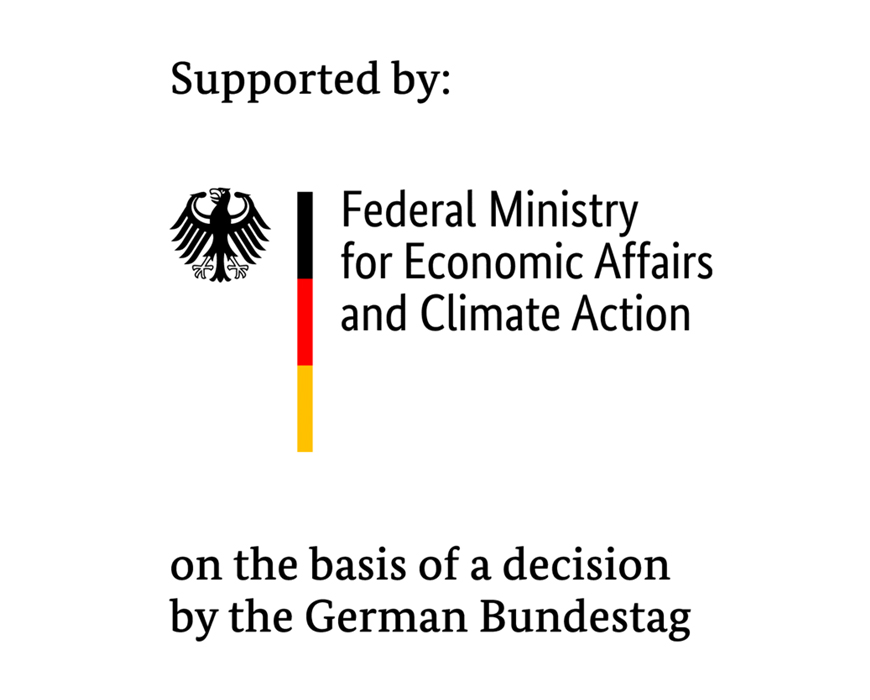At a glance
- The currently commonly used foundation structures for offshore wind turbines account for up to 35 percent of the total costs of a wind turbine. In addition, the pile-driving work during the typical installation produces significant noise emissions.
- Bucket foundations, where a steel tube sealed off at the top is inserted into the seabed using suction, could represent a viable alternative.
- This foundation structure is still in the pilot stage in the offshore wind energy sector. The current design and installation standards only address the special requirements on bucket foundations for offshore wind turbines to a certain extent.
- The aim of the ProBucket project is therefore to optimize the multi-bucket concept for use in the offshore wind industry and further develop the corresponding standards.
The challenge
In the offshore wind energy sector, the foundation structure accounts for between 15 and 35 percent of the total costs of a wind turbine. At the same time, the pile-driving work for the pile foundations predominantly employed at present causes considerable noise emissions, which can be harmful to marine mammals.
Suction bucket foundations represent an alternative. A suction bucket is a simple steel construction comprising a short steel tube sealed off at the top, which is inserted into the seabed using negative pressure. Although in widespread use in the oil and gas industries, relatively few suction bucket foundations have been employed in offshore wind farms to date.
The advantages of the suction buckets are shorter installation times and correspondingly lower costs, lower noise emissions, smaller foundation depths, which correspondingly reduce the subsurface investigation efforts required, as well as the option of completely decommissioning the structure at the end of its service life.
However, there are still a number of questions remaining to be answered regarding the dimensioning and installation of bucket foundations. The current standards merely offer recommendations. Furthermore, standardized analytical verification methods cannot be employed for the measurement of suction buckets without prior adjustments. The aim of the ProBucket project is therefore to optimize the multi-bucket concept as an environmentally friendly alternative foundation which is also cost-effective for many design scenarios and to reduce the degree of uncertainty in the design process.
The solution
In order to achieve this objective, the project partners will investigate and qualify design aspects of a bucket foundation with multi-scale physical experiments and numerical methods. The results will then be used to evaluate and further develop design methods. For this purpose, a cost and risk analysis will be performed in different offshore scenarios so as to allow realistic comparison with other foundation concepts. The results will be incorporated into proposals for supplementing and expanding the existing standards.
The added value
Fraunhofer IWES, which is coordinating the project, is responsible for the design and performance of the test campaign, the evaluation and scaling of the results, and the formulation of specific proposals for optimizing the standard specifications.

